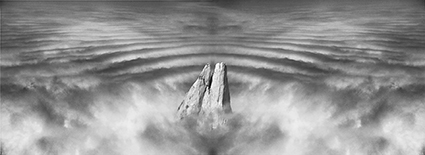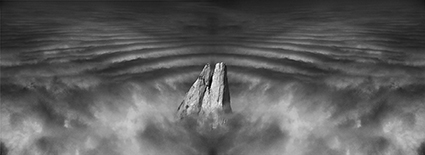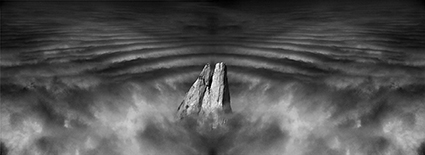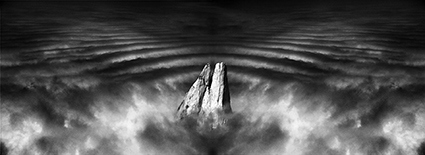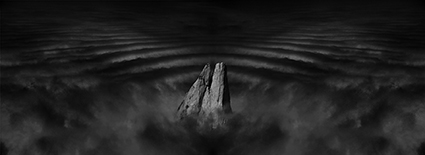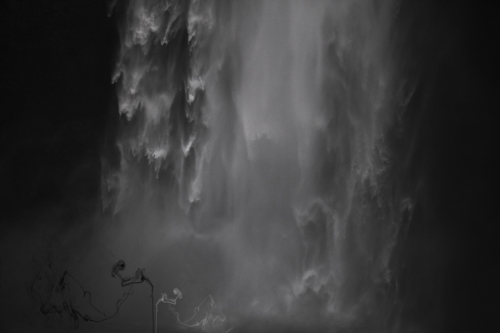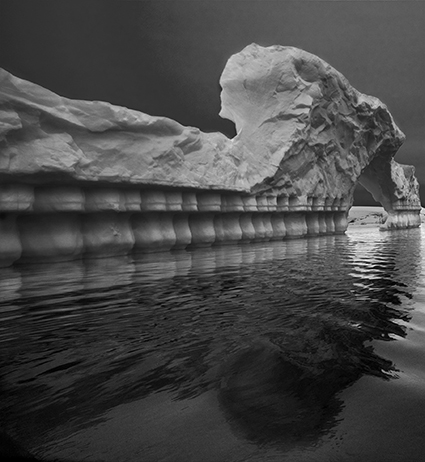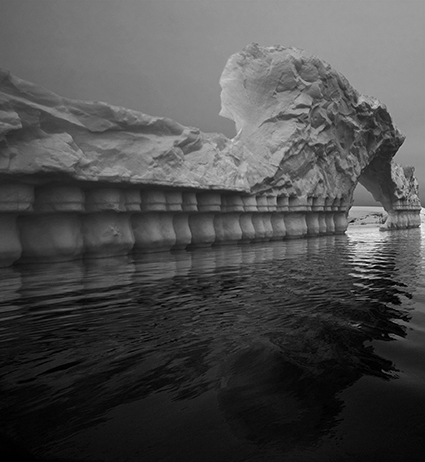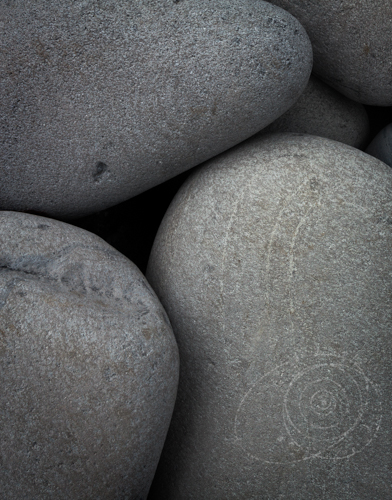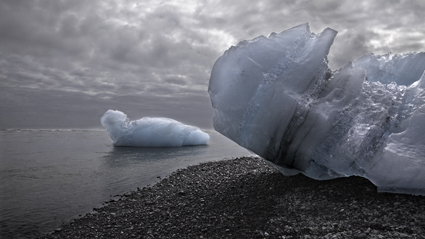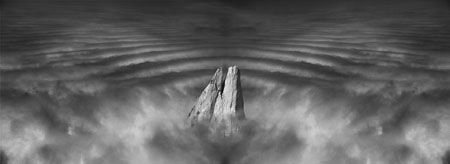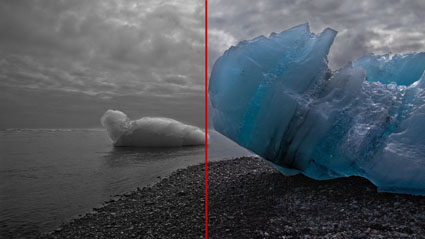Many Ways To Convert Color To Black & White

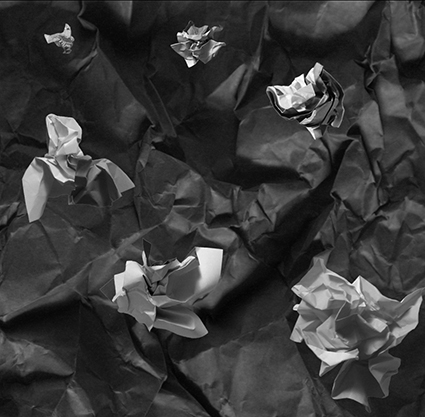
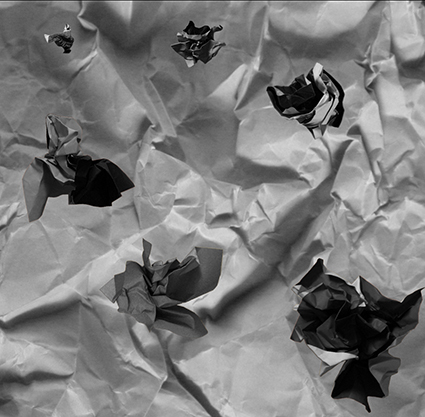
There are at many ways to convert an image from color to black and white. Here's a roundup and evaluation of the top seven plus a set of considerations to help you choose the best one for your needs.
1 Desaturate
Desaturate or use the Saturation slider to make all the channels the same without control over the mix. Desaturaton is useful for near neutral images, otherwise it produces compressed tonal structure.
2 Convert Mode To Grayscale
Grayscale conversions eliminate all channels but one. The default mix is 59% Green, 29% Red, 11% Blue. This can be customized by targeting a single channel before conversion, to get 100% of any channel in any color space, including Lab. Quick and direct, this method eliminates future flexibility; its limited use is to create Grayscale images for reproduction but it's not the best way to make a conversion from color to black and white.
3 Channel Mixer
The Channel Mixer set to Monochrome allows you to customize the mix of channels and can be used as an adjustment layer, which allows you to change the mix at any time in the future.



